ZTNA (Zero Trust Network Access) redefines secure access by implementing a zero-trust architecture. It requires verification for every access request, ensuring a robust security posture against internal and external threats.
ZTNA solutions prioritize user identity and device context to grant granular access to resources. Unlike traditional VPNs, ZTNA solutions do not expose the entire network to users, significantly minimizing security risks. This approach is gaining traction as organizations shift toward remote work environments, needing scalable security measures that protect sensitive data while offering seamless user experiences. ZTNA implementations vary, often integrating well with existing security infrastructure, making them appealing for enterprises seeking holistic security solutions.
What critical features define ZTNA solutions?ZTNA solutions are particularly beneficial in sectors like financial services, healthcare, and government, where stringent data protection is crucial. They enable compliance with industry-specific regulations, enhance security protocols, and ensure that sensitive information remains protected even as employees work remotely. Implementation in these sectors often involves integrating with existing identity management systems to streamline processes.
ZTNA is an essential component for organizations seeking to bolster their cybersecurity framework. By operating on a zero-trust model, it aligns with modern security demands, offering robust protection against evolving threats while ensuring flexibility and scalability.
| Product | Market Share (%) |
|---|---|
| Tailscale | 16.4% |
| Twingate | 14.1% |
| Cloudflare One | 12.9% |
| Other | 56.6% |
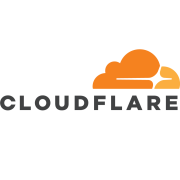











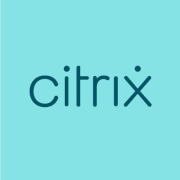
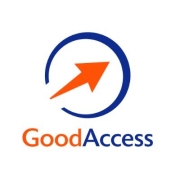
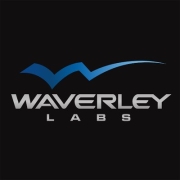
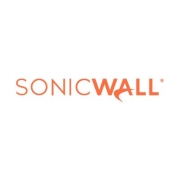

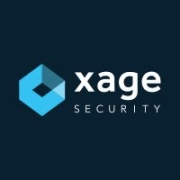
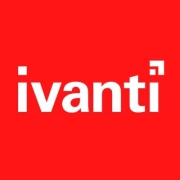

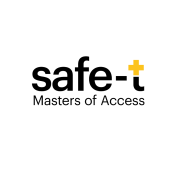



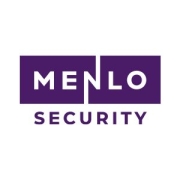

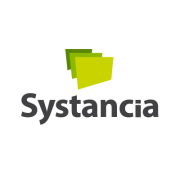
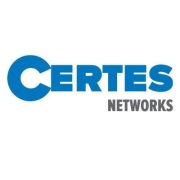
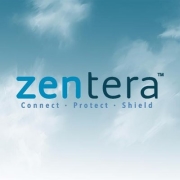
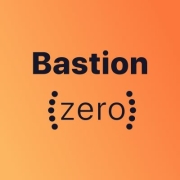





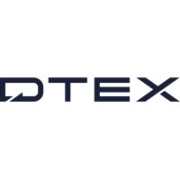
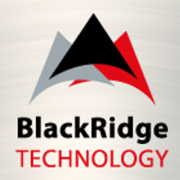
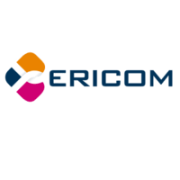
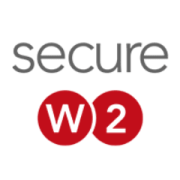










SASE, or Secure Access Service Edge, combines multiple network and security technologies into a single solution. Zero-trust defines how authentication should be performed but does not define a specific implementation like SASE does. SASE focuses less on the details of security than on the deployment model, while still following zero-trust principles. Rather than SASE being a set of standards to follow, it is more of a philosophical approach. While SASE is an identity-centric secure access platform, it utilizes zero-trust capabilities and supports the implementation of a zero-trust model to ensure secured access among applications, services, endpoints, and distributed users.
Although ZTNA (Zero Trust Network Access) is just a small part of SASE (Secure Access Service Edge), when enterprises leverage the SASE architecture, they receive the benefits of ZTNA, as well as a full suite of network security solutions that is not only highly scalable but also simple to manage. When combined with SASE, ZTNA is more granular, more secure, faster, and more reliable. When properly executed, SASE makes businesses more agile in a constantly changing world.
It is clear that ZTNA is the next evolution of VPN (virtual private network). With so many people accessing critical resources and applications from outside the network perimeter, it is obvious why security experts are shifting away from the paradigm of an open network built around inherent trust and moving toward a zero-trust model. The authentication method that ZTNA technology uses is both superior for users and more powerful for security teams. As businesses look to keep today’s highly complex networks secure, ZTNA seems like more and more of a reliable and promising alternative.
Zero Trust Network Access (ZTNA) improves network security by strictly verifying each access request, ensuring that users and devices are authenticated before they can access resources. This minimizes the risk of unauthorized access and limits potential security breaches. With ZTNA, trust is continuously assessed, providing a more secure environment compared to traditional VPN solutions where once authenticated, users may access larger parts of the network.
Can ZTNA replace a VPN in your organization?ZTNA can effectively replace a VPN in many organizations by providing secure, segmented access to resources without relying on creating a full network tunnel. This ensures that users have access only to the specific applications they need, reducing their exposure and improving security. ZTNA is especially beneficial in providing remote and hybrid work environments with a more granular control compared to traditional VPN access.
What are key features to look for in a ZTNA solution?When evaluating a ZTNA solution, look for features like continuous authentication, application segmentation, real-time monitoring, and seamless integration with existing security infrastructure. Effective ZTNA solutions should offer a user-friendly experience and robust protection against threats. Also, ensure it supports your organization's diverse device and application needs, both on-premises and in the cloud.
How does ZTNA ensure compliance with data privacy regulations?ZTNA supports compliance with data privacy regulations by implementing strict access controls and monitoring all data access requests in real-time. This ensures a transparent audit trail and controls who accesses sensitive information, satisfying regulatory requirements like GDPR and CCPA. These capabilities help protect user data and prevent unauthorized access to personally identifiable information.
What challenges might you encounter when implementing ZTNA?When implementing ZTNA, you might face challenges such as integrating with existing IT infrastructure, aligning access policies with business objectives, and ensuring user acceptance. It's crucial to provide adequate training for users and IT staff to fully leverage ZTNA's capabilities. Selecting a solution that simplifies deployment and management can also mitigate these challenges and lead to a successful implementation.